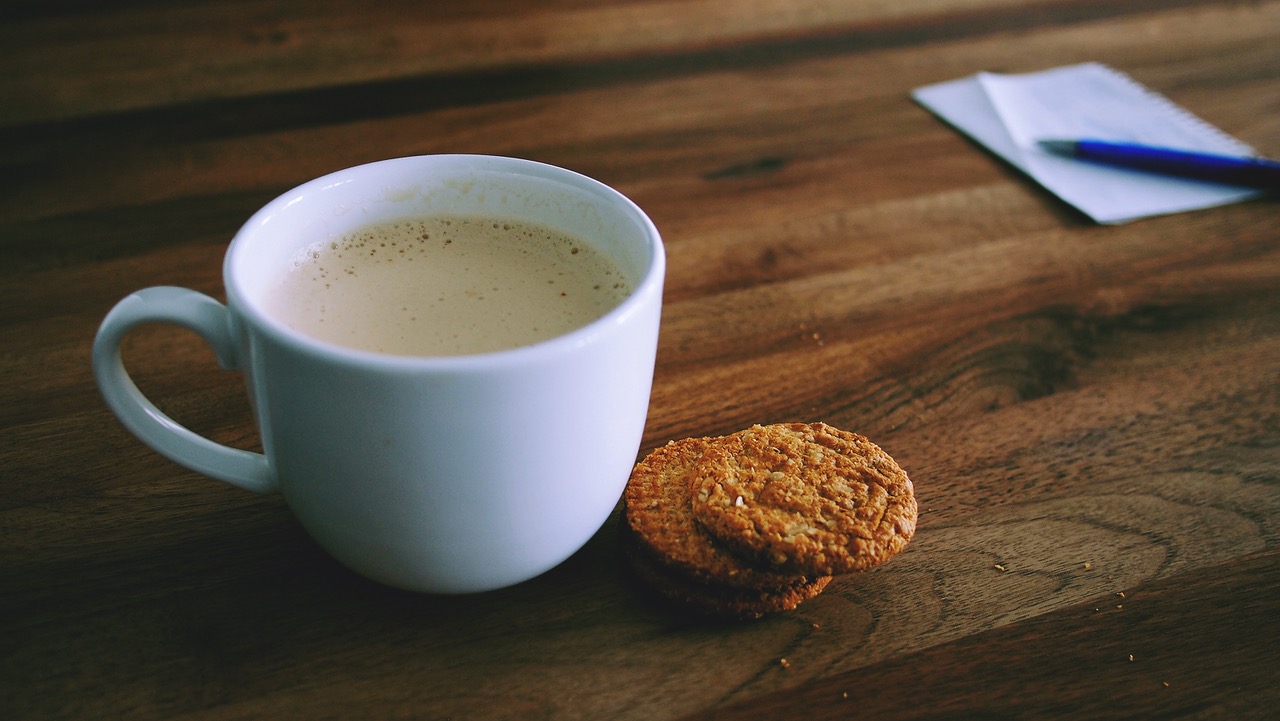
- BLOG
- Nutrition
The Science of snacking
Treats in the workplace are common, whether it’s chocolates from a client, cakes made by a colleague’s grandparent, or the latest office bake sale. In fact, free snacks correlate with work satisfaction. In 2015, America’s leading online grocer, Peapod, found that 66% of employees are extremely or very happy with their job when they have access to free snacks and beverages. However, according to a number of studies, snacking has become a fourth meal, which makes it hard for employees to manage their weight. How can we find a balance between these great company perks and a healthy lifestyle? An awareness of the science behind snacking and ‘choice architecture’ may help us to resist temptation in the office.
Going the distance
A range of factors influences the likelihood of snacking, one of which depends on the distance between the beverage and snacks area. In 2016, researchers conducted a study involving employees from Google’s New York office. The micro-kitchen had two entrances with two beverage stations, but one beverage station was closer to the snacks. Of those employees attending the beverage stations, researchers recorded how often they took a snack. They found that employees who used the beverage station closer to the snacks were 69% more likely to take a snack. Companies could therefore consider increasing the distance between the beverages and snacks in the office to discourage excessive consumption. In fact, it has been noted that Google put their fizzy drinks on the bottom shelves of refrigerators and bottled water on eye-level shelves to help employees make healthier choices without removing the option entirely. They also placed unhealthy snacks in opaque containers and healthy snacks in glass jars, which led to lower calorie intake.
Acting on impulse
You might be thinking that no matter how far the snacks are from the beverages, it’s difficult to maintain willpower throughout the day. Researchers Pavey and Churchill explored the relationship between impulsivity and snacking in their 2017 study. Snacking is more likely if we devalue future events in favour of immediate rewards. This is particularly the case for those who are impulsive or have high negative urgency, which is the tendency to act on impulse when experiencing negative emotions. The researchers found that participants who scored highly on impulsivity and negative urgency ate fewer snacks when given health information about the immediate benefits of avoiding snacking. This is extremely useful given that (1) we often experience negative emotions at work, like stress and anxiety, and (2) snacks can sometimes be unplanned, thus inducing more impulsive mind-sets. Health campaigns at work could therefore focus less on emphasizing long-term consequences and more on the immediate effects. This might help employees to manage their daily snacking habits that arise from a hasty frame of mind.
Memory lapse
Remember the last time you indulged in an office snack? It was probably around 3pm when work was piling up, and you really needed a break. Something never tasted so good, right? Not necessarily. It turns out that what makes us go back for more is our memory of just the last bite. A research team in 2014 discovered that enjoyment of the end of a food consumption experience determined the number of days until the same food was consumed again. They argue that this is because eating food is a highly repetitive experience in that each mouthful is mostly the same as the previous. When the experience is similar, our memory of the end of the experience interferes with our memory of the beginning of the experience. This means that the more we eat, the less enjoyable it becomes and the longer it is until we eat that food again. So, from a snacking perspective, while eating 10 biscuits across the course of a day may seem tempting, the repetitiveness of the food means that it’s not only unhealthy, but also increasingly less enjoyable. However, eating a large amount of the same healthy snacks across a day may be equally detrimental for the same reason, and so more time passes until you choose that snack again. In other words, increase the appeal of healthy snacks by mixing it up!
Snacking suggestions:
- Ideally, move the unhealthy snacks away from the beverage area so that you’re less likely to take one when you get a drink. If that’s not possible, then bear in mind that when you get a beverage, you may only be taking a snack because it’s nearby, not because you’re actually hungry.
- When you’re having a tough day at work, and you want an unhealthy snack, consider the immediate rewards of avoiding it rather than the long-term rewards. For example, while your energy levels may spike temporarily, they will eventually drop which will lead to fatigue and reduced productivity.
- If you find yourself struggling to eat healthy snacks regularly because they’re boring, add some variety. You’re more likely to recall the beginning of each different snack because it’s novel. This makes the snack more enjoyable, and increases the chance that you’ll reach for it again.
